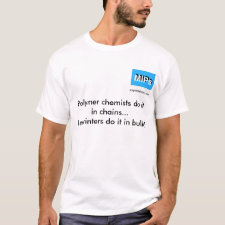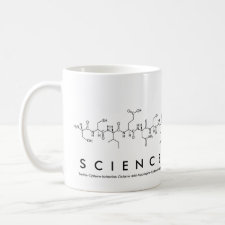
Authors: Krupadam RJ, Patel GP, Balasubramanian R
Article Title: Removal of cyanotoxins from surface water resources using reusable molecularly imprinted polymer adsorbents.
Publication date: 2012
Journal: Environmental Science and Pollution Research
Volume: 19
Issue: (5)
Page numbers: 1841-1851.
DOI: 10.1007/s11356-011-0703-1
Abstract: Introduction Microcystins (MCs; cyclic heptapeptides) are produced by freshwater cyanobacteria and cause public health concern in potable water supplies. There are more than 60 types of MCs identified to date, of which MC-LR is the most common found worldwide. For MC-LR, the WHO has established a threshold value of 1 μg L-1 for drinking water. The present MCs removal methods such as coagulation, flocculation, adsorption, and filtration showed low efficiency for removing dissolved MC fraction from surface waters to the stipulated limit prescribed by WHO based on MC health impacts. The search for cost-effective and efficient removal method is still warranted for remediation of dissolved MC-LR-contaminated water resources. Materials and methods Molecularly imprinted polymer (MIP) adsorbent has been prepared using non-covalent imprinting approach. Using MC-LR as a template, itaconic acid as a functional monomer, and ethylene glycol dimethacrylate as a cross-linking monomer, a MIP has been synthesized. Computer simulations were used to design effective binding sites for MC-LR binding in aqueous solutions. Batch binding adsorption assay was followed to determine binding capacity of MIP under the influence of environmental parameters such as total dissolved solids and pH. Results and discussion The adsorptive removal of MC-LR from lake water has been investigated using MIPs. The MIP showed excellent adsorption potential toward MC-LR in aqueous solutions with a binding capacity of 3.64 μg mg-1 which is about 60% and 70% more than the commercially used powdered activated carbon (PAC) and resin XAD, respectively. Environmental parameters such as total organic carbon (represented as chemical oxygen demand (COD)) and total dissolved solids (TDS) showed no significant interference up to 300 mg L-1 for MC-LR removal from lake water samples. It was found that the binding sites on PAC and XAD have more affinity toward COD and TDS than the MC-LR. Further, the adsorption capacity of the MIP was evaluated rigorously by its repeated contact with fresh lake water, and it was found that the adsorption capacity of the MIP did not change even after seven adsorption/desorption cycles. The contaminated water of MC-LR (1.0 μg L-1 ) of 3,640 L could be treated by 1 g of MIP with an estimated cost of US $1.5. Conclusions The adsorption capacity of the MIP is 40% more than commercially used PAC and resins and also the polymer showed reusable potential which is one of the important criteria in selection of cyanotoxins remediation methods
Template and target information: microcystins, microcystin-LR, MC_LR
Author keywords: cyanotoxins, adsorbents, Water remediation molecular imprinting, selective adsorption



Join the Society for Molecular Imprinting

New items RSS feed
Sign-up for e-mail updates:
Choose between receiving an occasional newsletter or more frequent e-mail alerts.
Click here to go to the sign-up page.
Is your name elemental or peptidic? Enter your name and find out by clicking either of the buttons below!
Other products you may like:
 MIPdatabase
MIPdatabase









